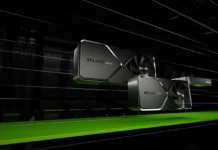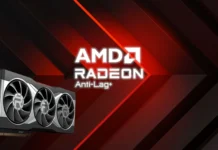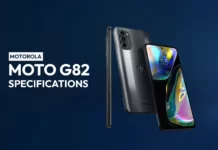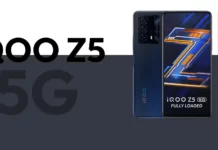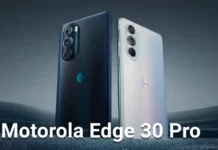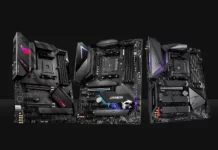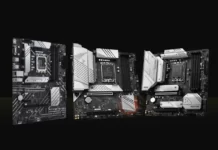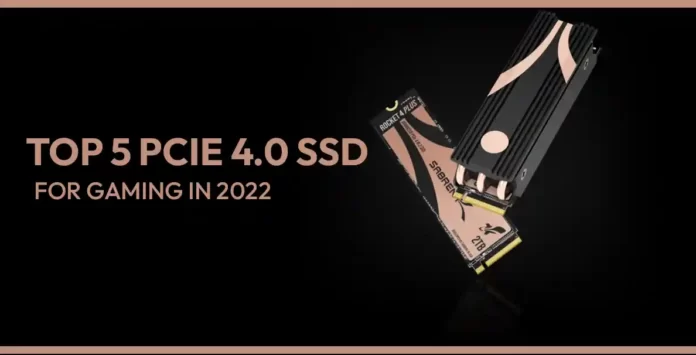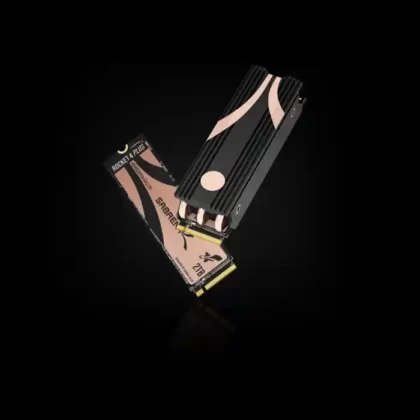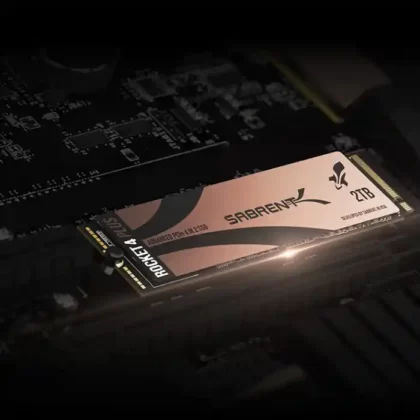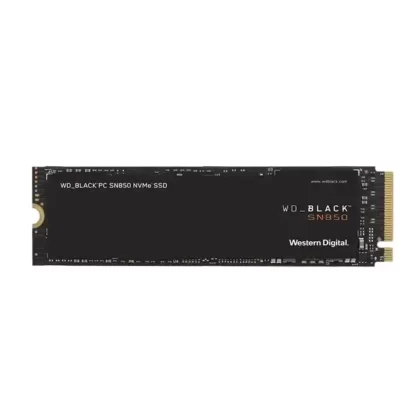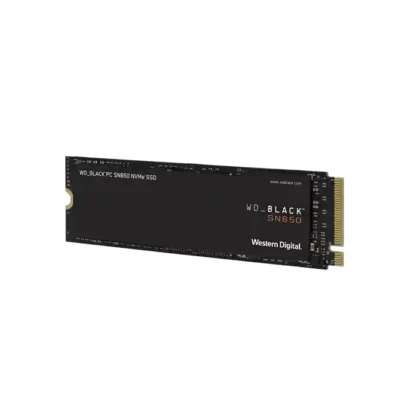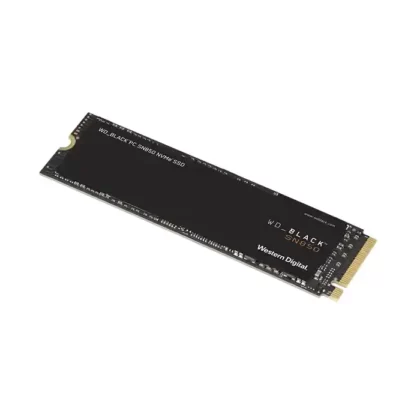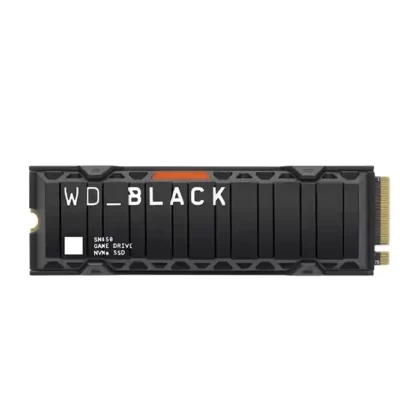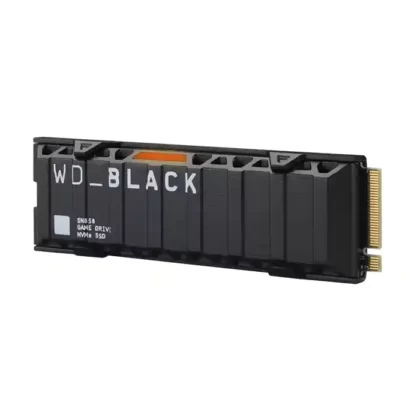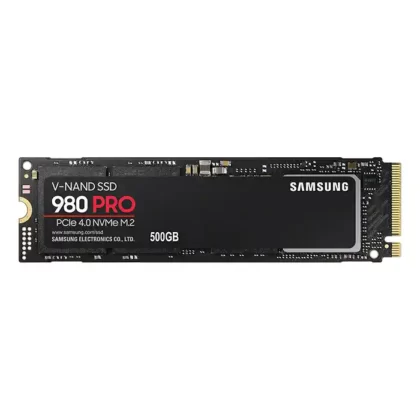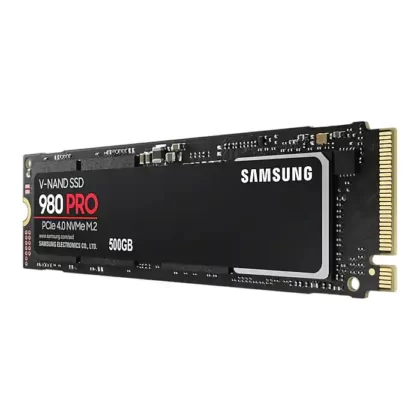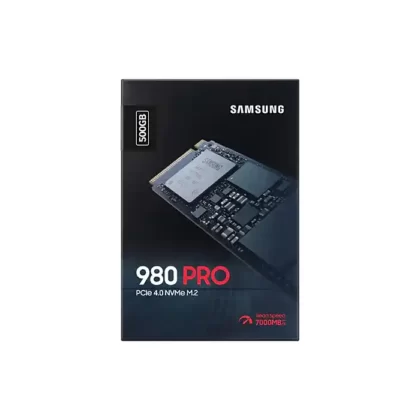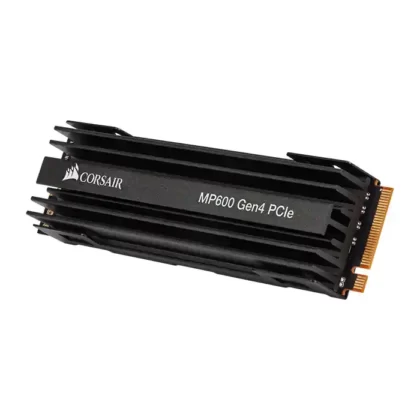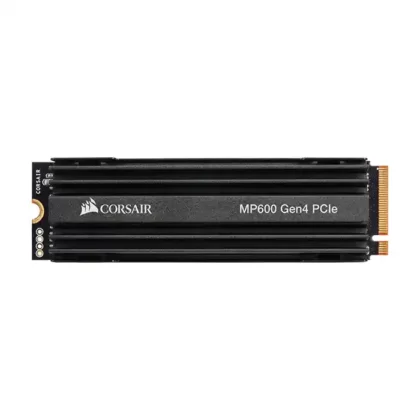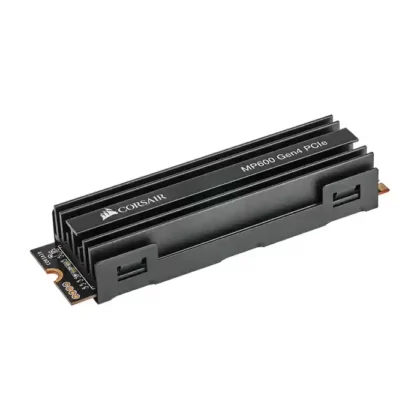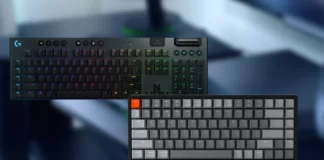The best PCIe 4.0 SSD will send your gaming, efficiency, and file transfer speeds rocketing. Right now, they’re a neighboring addition, but soon they’ll be necessary if you want to keep up with new features like Windows 10 and Windows 11’s DirectStorage. With worth tags dipping, even the more humungous PCIe 4.0 SSDs are achievable for building the eventual gaming rig.
If you’re brief on cash, we still recommend at least a 1TB drive these days. Game sizes are increasing, meaning 256GB and 512GB SSDs just aren’t hurtful anymore. It’s better to have additional storage than you need in its place of continually needing to prune your betting library. Write performance normally improves with capacity, too, so that’s an additional reason to go for a bigger drive.
To take benefit of these PCIe 4.0 SSDs, it’ll essential to have a PCIe 4.0 platform. That means consuming either an AMD Ryzen 3000- or 5000-series, along with an X570 or B550 motherboards. Intel CPUs, like the new Core i5 12600K or Core i9 12900K, have sustenance for these SSDs with the Z690 chipset motherboards. Intel’s older, 500-series motherboards, lengthways with Rocket Lake CPUs like the Core i9 11900K and Core i5 11600K sustenance them too. These SSDs will still work in the PCIe 3.0 stage but expect performance to take a success due to border limitations.
1. Sabrent Rocket 4 Plus
The Sabrent Rocket 4 Plus was the initial drive to hit our lab using the new Phison E18 supervisor, which is the follow-up to the enormously popular Phison E16 controller found in fundamentally every first-gen PCIe 4.0 drive. Offering the highest reads of 7,100MB/s and writes of 6,600MB/s, it’s not only a major step up from the first generation of PCIe 4.0 drives but a notable development over the Samsung 980 Pro, particularly in terms of write performance.
In testing, this presentation was born out too, with the faster write performance controlling Samsung’s drive in the write tests. Real-world performance didn’t always express a similar story, although the modifications between these top energies can be slight. Even so, you’re looking at AS SSD hitting 5,868MB/s for reads and 5,630MB/s for writes. Imposing stuff.
An imperative factor here is that the Sabrent Rocket 4 Plus is the cheapest of these second-generation drives. The presentation is so close that it makes the Sabrent SSD the serviceable choice if you don’t need the complete greatest performance everywhere. This drive also innings cooler than the SN850, which may be a subject if you’re looking for a drive for a congested case
Sabrent Rocket 4 Plus Specifications
| Capacity | 2TB |
| Controller | Phison PS5018-E18 |
| Flash | Micron B27 96-layer TLC |
| Interface | M.2 PCIe 4.0 x4 |
| Seq. read | 7,100MB/s |
| Seq. write | 6,600MB/s |
Reasons to Buy
- Strong synthetic throughput
- Speedy real-world performance
- Runs cool
Reasons to Avoid
- Not quite so fast in real world tests
2. WD Black SN850
Western Digital has unconfined some quality drives lately, with the SN750 being a mainstay of our best SSD for gaming guide and the enjoys of the SN550 offering unbelievable value for money. With the release of the SN850, Western Digital gets to add a trophy to its cabinet—the debauched PCIe 4.0 SSD around. Yup, this is as decent as it gets for PCIe 4.0 SSDs right now.
A quick image down this list would have you scratching your head a bit at this, as the Phison E18-powered Sabrent Rocket 4 Plus has higher quoted consecutive read and write statistics. And while it’s factual that the SN850 trails somewhat in some of the synthetic benchmarks, we put more heaviness on the real-world tests, and here the SN850 is head and shoulders above whatever else in this group test. It’s the fastest at the FFXIV game load and PCMark10’s full storing test, and it isn’t precisely lethargic in straight amount either—managing 5,920MB/s reads and 5,021MB/s writes in AS SSD.
It shouldn’t originate as much of a shock to discover that this unbelievable performance comes at a while of a cost, predominantly when associated with PCIe 3.0 drives, but price cuts are mutual and the premium for the latest tech isn’t so bad anymore. It’s also a snug drive, hitting 77C in process. This shouldn’t be tricky in a well-ventilated case but maybe a subject in a more cramped system. Still, if you need the fastest drive around, this is it.
WD Black SN850 Specifications
| Capacity | 1TB |
| Controller | WD Black_G2 |
| Flash | BiCS4 96-layer TLC |
| Interface | M.2 PCIe 4.0 x4 |
| Seq. read | 7,000MB/s |
| Seq. write | 5,300MB/s |
Reasons to Buy
- Blistering PCIe 4.0 throughput
- Excellent real-world performance
- Solid warranty
Reasons to Avoid
- Runs hot
3. Samsung 980 Pro
Samsung has been the go-to brand for passably of generations of SSD storage, so its first PCIe 4.0 present was hotly predicted. It accomplished to top the synthetic recital diagrams at release but didn’t move fairly so much in the real-world tests and was too luxurious. It has also seen its performance lead devastated by the Sabrent Rocket 4 Plus and the WD Black SN850, forceful it into tertiary place in greatest tests.
That said, this is still an imposing drive, and if you don’t mind expenditure slightly over the odds for a second-generation PCIe 4.0 drive, you’ll be rewarded with a speedy chunk of storage. It’s much previous than the first generation drives in every synthetic test, though the improvements in the real world can be marginal. AS SSD-shaped peak sequential reads of 5,495MB/s, which are great, and writes of 3,805MB/s, limited by the number of networks used in the 500GB model Samsung sent for review.
Samsung has recently unconfined the 2TB version of this drive, which at $430 characterizes better value for money ($0.22/GB), and while the writes are particularly better, they still pause behind the SN850 and Rocket 4 Plus. It would give the impression that for this generation, Samsung is content to pass the banner to Western Digital for the best SSD money can purchase.
Samsung 980 Pro Specifications
| Capacity | 500GB |
| Controller | Samsung Elpis |
| Flash | Samsung 6th-gen MLC |
| Interface | M.2 PCIe 4.0 x4 |
| Seq. read | 6,900MB/s |
| Seq. write | 5,000MB/s |
Reasons to Buy
- Strong sequential performance
- TurboWrite 2.0 works well
- Samsung Magician is awesome
Reasons to Avoid
- Unexciting 300TBW endurance
- Not quite the fastest around
4. Silicon Power US70
Silicon Power isn’t as giant a name for consumers as approximately of the storage behemoths here, but with assessing as good as this, it’s not a product you should ignore. Silicon Power fundamentally took the same mechanisms as every other first-generation PCIe 4.0 manufacturer and bundled them cheaper than anybody else. Compare the specs of this drive to those of the first-gen Sabrent Rocket, and you’d be pardoned for thinking we’d copied and glued them. They’re fundamentally the same drives, apart from the worth. This 2TB is $30 cheaper.
You do get somewhat fewer for your money—there’s no drive passage software to be originated here, and where Sabrent has a thin copper heatsink on its drive, the Silicon Power US70 has a sticker. Still, there was no suggestion of heat being a subject, and if you’re buying a new SSD, then reinstalling Windows 10 afresh isn’t an evil idea.
Performance is strong too, and indistinguishable from other drives using the similar core of the Phison E16 controller and Toshiba 96-layer TLC NAND. You’re looking at consecutive read and write speeds of 4,172MB/s and 3,794MB/s in AS SSD, which are both healthy for incompressible data, and well overhead what you’ll understand from even the newest PCIe 3.0 drives. Overall, this is a big, fast drive for actually not much cash.
Silicon Power US70 Specifications
| Capacity | 2TB |
| Controller | Phison PS5016-E16 |
| Flash | Toshiba 96-layer TLC |
| Interface | M.2 PCIe 4.0 x4 |
| Seq. read | 5,000MB/s |
| Seq. write | 4,400MB/s |
Reasons to Buy
- Decent first-gen performance
- Incredible value for money
- 5-year warranty
Reasons to Avoid
- No added extras
- First-gen performance
5. Corsair Force Series MP600
Back when PCIe 4 storage was in its beginning, AMD shipped out the review kits for its first Zen 2 processors with one of these dreadfully speedy drives in tow to show off what the novel interface was accomplished. During the period, there were lots of fast PCIe 3.0 drives doing the rounds, but nobody could touch the sequential quantity on the proposal here. The Force MP600 range has stood the test of time well, too, thank you to approximately keen appreciating along the way.
Performance-wise you’re looking at peak sequential reads and writes ever so slightly behind more recent first-gen offerings, but only just. So while understanding and inscription squeezable data are a tad gentler, when it comes to incompressible data, the reads of 4,196MB/s and writes of 3,773MB/s are pretty much blurred from the Sabrent and Silicon Power contributions.
One thing in the MP600’s favor is that it vessels with its heatsink as standard. This helps keep operative temperatures down and guarantees that the drive doesn’t throttle when strapped—particularly useful if your motherboard doesn’t have M.2 heatsinks as typical. It is a tad more expensive than the additional drives here, but you do become that cooler. Overall, this is motionless a quality drive.
Corsair Force Series MP600 Specifications
| Capacity | 1TB |
| Controller | Phison PS5016-E16 |
| Flash | Toshiba 96-layer TLC |
| Interface | M.2 PCIe 4.0 x4 |
| Seq. read | 4,950MB/s |
| Seq. write | 4,250MB/s |
Reasons to Buy
- Strong first-gen performance
- Heatsink include
Reasons to Avoid
- Can’t quite compete with 2nd-gen SSDs
Check Other Related Posts
Top 5 AMD Motherboards in 2022

